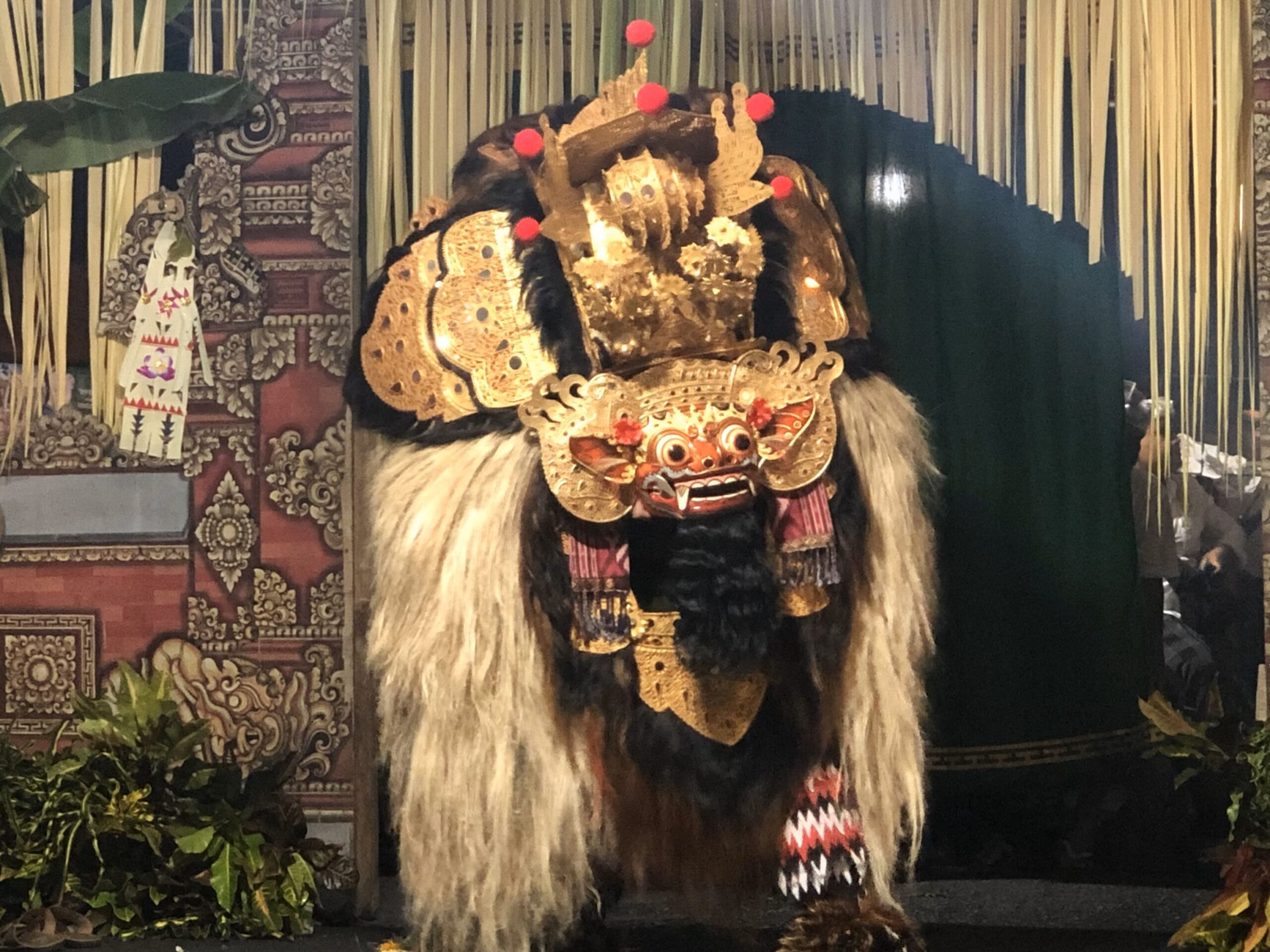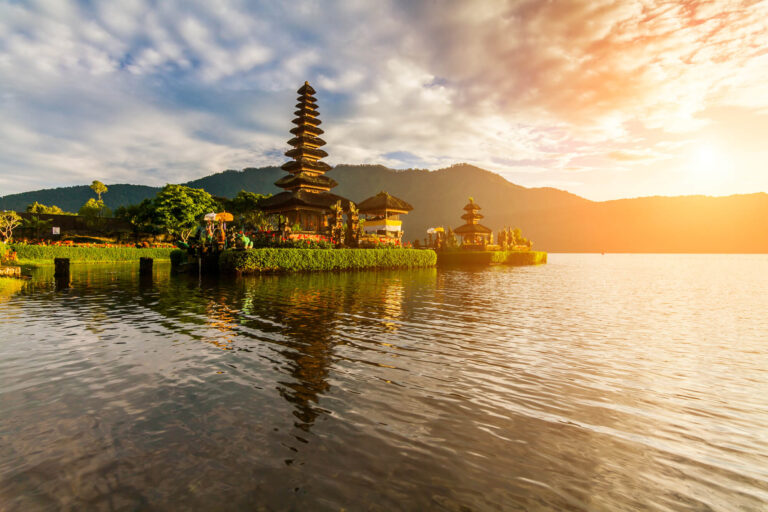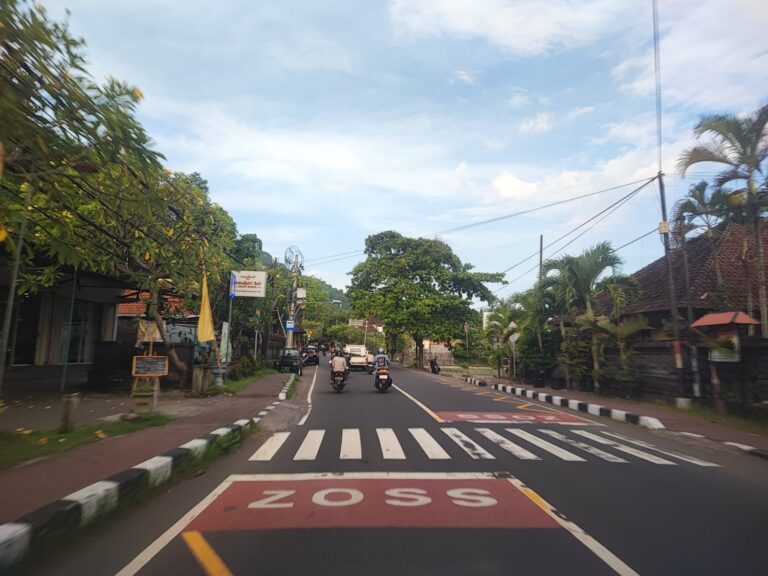Bali is a place where the eternal battle between good and evil is constantly fought.
The people in Balinese villages respect both the gods and the negative forces or “demons” of the island and try to ensure that they are kept in harmony to protect the land, their family and their life.
So, let’s take a look at Balinese demons and what you might encounter in this part of Indonesia.
Rangda – The Demon Queen

Perhaps, the most famous of the evil spirits on the island is Rangda. She is said to be the queen of the Leyaks, (mythological creatures that take the form of a flying head with its entrails spilling out behind it).
There are three named Leyaks of legend and Rangda is their widow-witch queen.
The Balinese people believe that illness and death can be caused by the Leyak and sometimes a Balinese healer is drafted in to hold a seance to see if their dead have been spiritually attacked by other villagers with the help of the Leyak.
Rangda is very important as a figure in local culture. Tourists will often see dance performances depicting her battles with Barong and King Airlangga.
You’ll find Rangda is usually portrayed as a nude, elderly woman, her hair cascades down her but is utterly uncared for and she has long, saggy breasts and claws.
A mask of her face will be kept in every Balinese village’s death temple and will be paraded as part of temple festivities.
Given that Bali is a Hindu island, many say that Rangda should be associated with Durga (the Hindu Goddess of strength and war) as well as with Kali (the Goddess of Destruction, Change and Protection).
However, it’s important to note that Rangda is considered to have wreaked havoc in her incarnation and is usually associated only with negative forces and black magic, unlike the two goddesses who have positive aspects to their character.
Nusa Penida – Black Magic Island?
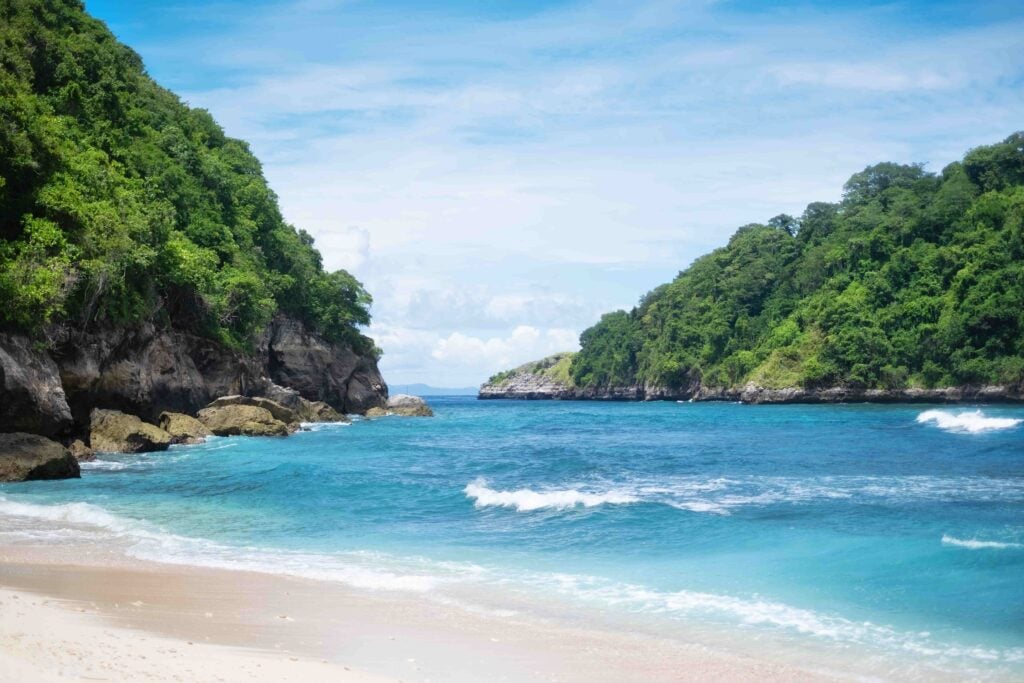
After a few weeks in Bali, many people opt to visit the Nusa Islands (there are three – Nusa Lembongan, Nusa Penida and Nusa Ceningan) but some say that Nusa Penida is associated with black magic.
This association appears to have begun when Jero Gede Macaling (often called “Macaling”) was banished to the island after causing disease and spreading misfortune on the mainland.
Some locals refuse to use his name and refer to him as “the one with the long teeth”.
Others assert, that Macaling was far more malevolent and that he once disguised himself as the legendary Barong (immortalized in the barong dance and considered a creature that leads the forces of goodness) on the day of silence (Nyepi).
He and the band of demons that flocked to his banner are said to have nearly destroyed the island and the people on it and they say that this led to Nyepi becoming a festival of silence.
Legend has it that the Balinese who survived did not take this lying down and that they summoned a real Barong who then led the forces of good against the Macaling and his army and drove them back to Nusa Penida.
Then, high priests of Hinduism were brought forth to Nusa Penida and tasked with cleansing the black magic taint of Macaling.
His spirit is now said to be trapped at the Pura Ped Temple on Nusa Penida and people make pilgrimages there to ask that Macaling lift his influence on themselves or others and alleviate any sickness that they may be feeling.
Interestingly, the town of Sanur also once had a reputation for evil magic but that reputation has been lost over time.
Asta Kosala Kosali – Balinese Home Defense Against Evil
Have you heard of feng shui? Well, the Balinese system of laying out homes is called asta kosala kosali and it’s designed to provide the appropriate barriers and offerings to ensure that no spirits can hurt the occupants of the home.
This layout design is then combined with pelinggih penunggun coral which is an ancient concept that involves building barriers around the home to protect it from the spirits of the jungle, rivers, crossroads, mountains, graveyards, etc.
There are three defensive layers in all and they are designed to help balance the responsibility of protecting the home. The first is the wall (usually around 6 feet tall), the tembok penyengker, which is meant to confuse demons and make them think that they’ve come across a fortress rather than a home.
There’s only one way in through this wall, the entrance called angul-angkul but instead of finding a threat, the spirit will be confronted with one of the ubiquitous offerings found on the island, a canang sari.
You can find these outside nearly every premises on the island, in fact, often next to shrines.
If the demon’s anger is unabated by the canang sari, the aling-aling, a sort of mini-wall, will then bar their way into the home. A Balinese demon is said to be only able to move in straight lines and cannot pass by this wall.
However, a friend who is visiting the home can easily walk around this barrier and may never know that it serves to prevent dark magic from affecting the occupants.
The Tanya – River Spirits
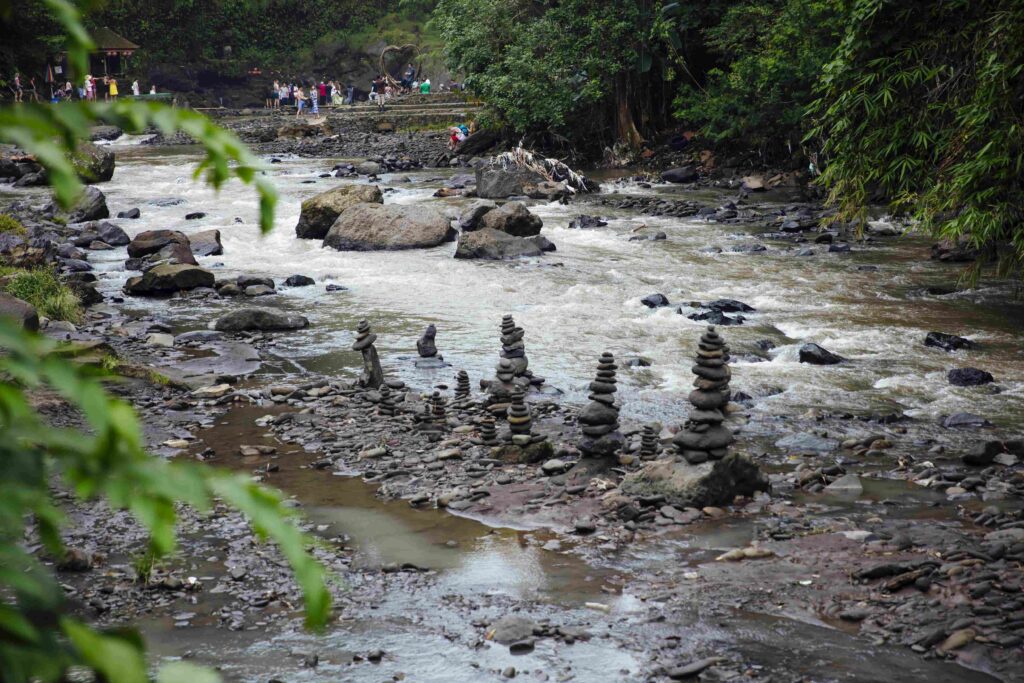
Tanya are the Balinese spirits that are said to live in the rivers and ravines here and they are said to be particularly active during the daylight hours.
The Tanya are thought to be able to take on human appearance and might appear as say, a young girl, but you can tell they are not human by seeing that there’s no recess between their nose and their lip.
The Memedi – Tree And Grove Spirits
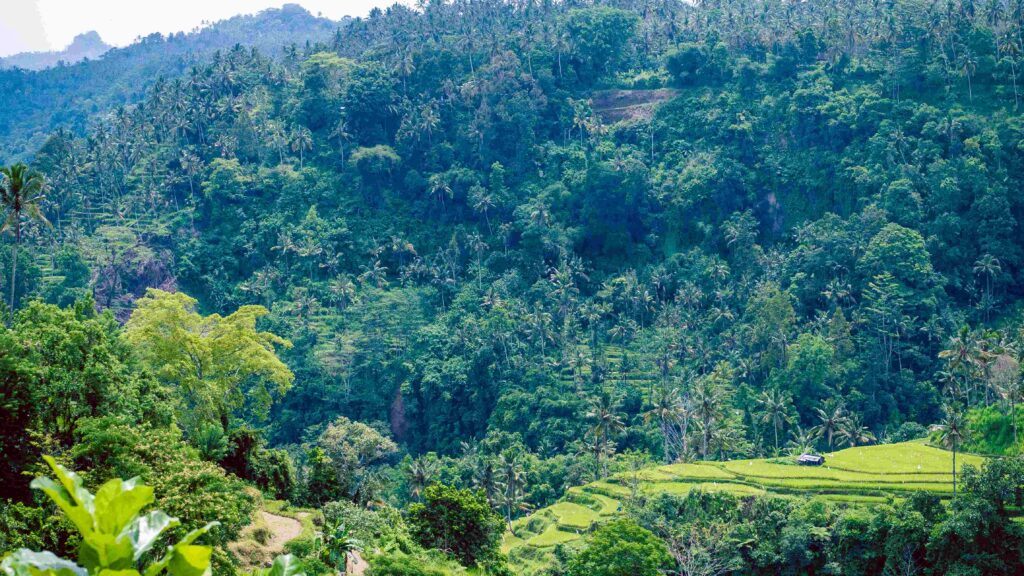
The Memedi are said to be red-haired and human in shape and they live near the large trees and groves of bamboo here in Bali.
Some believe that they steal children when the daylight is done. Some Balinese parents would threaten a misbehaving child with the Memedi.
This is very similar to the Western concept of the bogeyman.
The Tuyuls – The Spirits Of Naughty Children
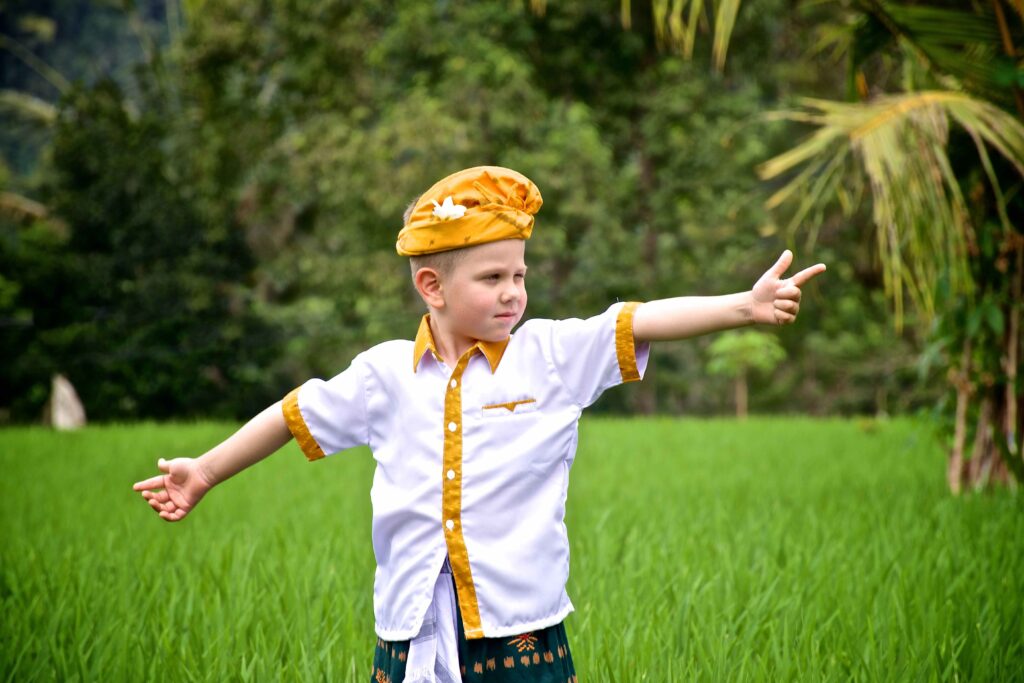
These are said to be the trapped spirits of naughty children and they can be used to steal from others.
Balinese people if they opt to leave money at home, will often place it by a mirror.
Tradition says that if a Tuyul sees its reflection in a mirror, it will be fooled into thinking they have made a friend and spend the day playing with its reflection rather than stealing.
The Leak – A Famous Demon
The Leak is one of the most fearsome demons in Bali. It’s said that it can change its appearance from a human to a bird, a monkey, a Rangda and more.
However, when it transforms, its physical body remains in its bed and an astral projection goes forth instead.
This projection searches for buried human organs that can be used in potions.
If the Leak cannot find dead bodies to use, it might feast on living people or even drain the blood of babies in the womb to use for its magic.
Oddly, this demon is believed to be a corruption of white magic and its original purpose was to help people not to hurt them.
Many Balinese believe that those at greatest risk from the Leak are babies and thus, they place onion on the child’s forehead as the smell is said to drive the Leak away.
The Ogoh-Ogoh
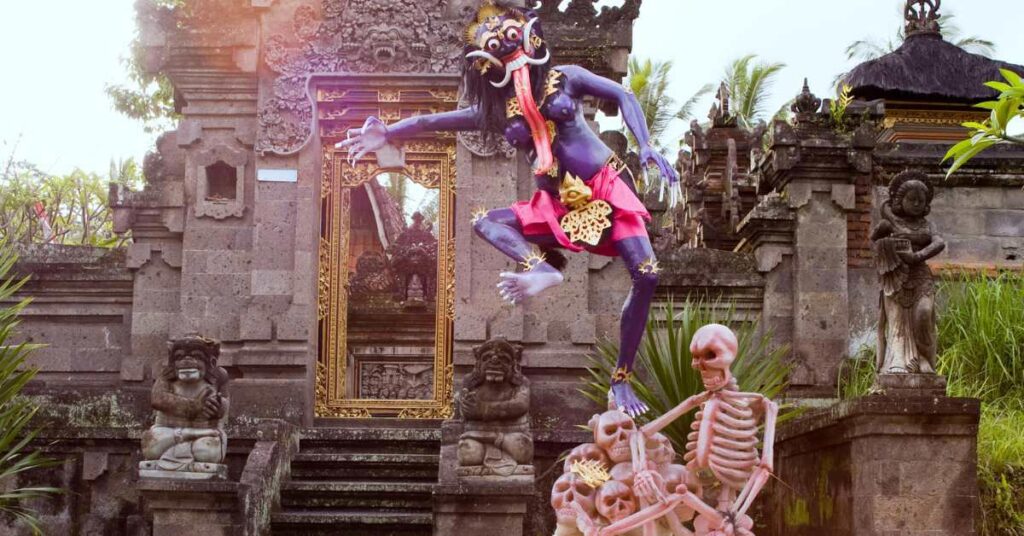
The Ogoh-Ogoh are not demons. But they are the physical representation of demons.
Balinese villages spend all year making Ogoh-Ogoh puppets which are brought out for parades on the night before Nyepi (the Day of Silence).
These puppets are meant to attract the attention of real demons who will arrive on the island on the day of Nyepi, but because everyone is hiding and making no noise on the silent day, the demons will assume that there’s nothing here for them and leave Bali alone for another year.
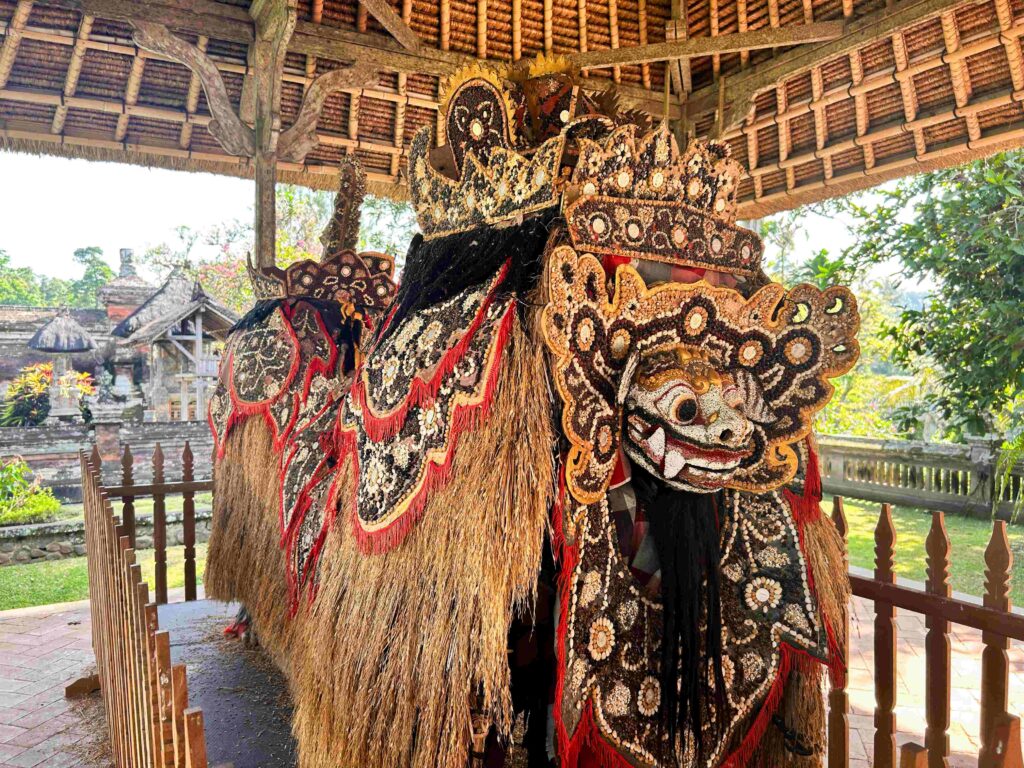
FAQs
What Is The Bali Monster Called?
The most famous demon or monster in Bali is the Rangda. This is an evil witch queen with power over life and death.
What Is The Meaning Of The Demon In Bali?
The demons in Bali aren’t the demons of the Abrahamic Faiths (those of The Bible, The Q’uran or The Torah) but rather they are spirits of things or ancestors that must be placated in order to maintain harmony for the village, family and home.
What Is The Mythical Creature In Bali?
There are many mythical creatures in Bali but the most famous is the Barong which leads the forces of good to protect the people and their homes from harm.
What Are The Gods And Demons In Bali?
There are an infinite number of demons as everything is believed to have its own spirit from a humble rock to a huge mountain, from a river to a tree.
As for Gods, there are fewer, gods in Bali than demons, and the main gods tend to be those of the Hindu pantheon, but there are other faiths practised here too and each has their own deity.
Final Thoughts On Balinese Culture And Demons
Village life in Bali revolves around tradition and local religious beliefs.
You don’t have to agree with someone else’s beliefs to respect them and it’s important to realize that people here aren’t afraid of demons, they’re just trying to ensure that the world remains in harmony and that their village and family are safe in the night.
Thus, it’s vital to behave properly around temples and significant buildings here in Bali to preserve the good energy that they have built up and to maintain the delicate balance between the forces of good and the forces of evil here.

